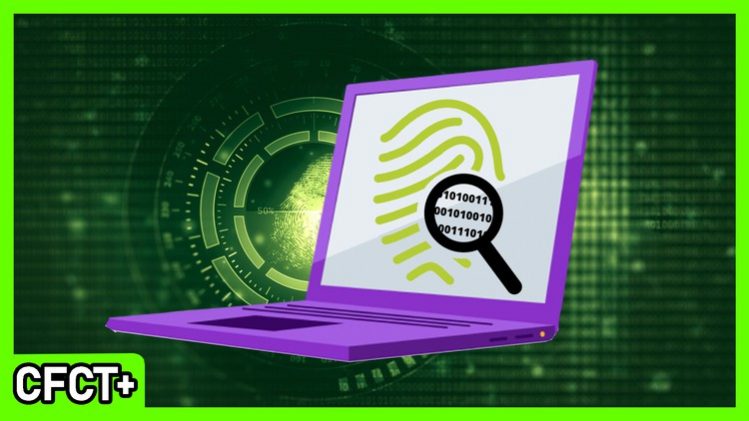
Computer Forensics
Image Acquisition
Image Analysis
Memory (RAM) Acquisition from Digital Evidence
Network Training for Computer Forensics
Memory Anaylsis
Fundamental and Advanced Training about Digital Forensics
Memory Acquisition with FTK Imager
Linux Training for Computer Forensics
Storage Analysis with Autospy
Memory Acquisition from Infected Device
Evidence Collection for Digital Forensics
Memory Analysis with Volatility
and other awesome topics ->
*Get the Official Certificate after Completing the Course
Welcome to the 21st century, where almost everything is connected to a computer. Digital cameras are built into doorbells; your smartphone tracks your daily movements from work to home and back; and you receive social media updates when you go to the gym, see a show, or visit a new city. Digital technology tracks your phone calls, bank transactions, and medical appointments. What about criminal or unethical behavior if it tracks your mundane daily activities?
That activity is also monitored, and as a digital forensic investigator, you’ll need to understand where digital evidence is stored and how to analyse it. There is almost no criminal activity that does not involve digital evidence, and it is your responsibility as an investigator to gather all available evidence, process it, and present your findings to the authorities.
Investigators who work in the field of digital forensics must have a diverse set of skills and interests. The first question I ask anyone thinking about a career in this field is if they enjoy solving puzzles. You may not have access to any information other than the fact that something happened when investigating a case. So, if someone needs to be shown or told what happened, this field may not be right for them. When a case is brought to an investigator’s attention, the investigator is often given instructions to figure out what the computer or device was used for.
Another important trait is the ability to deal with frustration, as investigative tools and software do not always work without problems. When it comes to cell phones and small devices, this is a fairly common occurrence. Many students, rather than working through the challenges, stop their investigation in class at the first sign of difficulty. They don’t even try to figure out what’s wrong with the tool by looking at the web or using the help system. To be a successful investigator, one must be persistent and creative – they must be problem solvers. Digital forensics is a branch of forensic science that collects, analyses, documents, and presents digital evidence related to computer crime for use in a court of law using scientific knowledge. Knowing what was done, when it was done, and who did it is the ultimate goal. The term “digital forensics” is often used interchangeably with “computer forensics” (also known as “cyber forensics”), but it has come to encompass all devices capable of storing digital data, including networking devices, mobile phones, tablets, digital cameras, Internet of Things (IoT) devices, digital home appliances, and other digital storage media such as CD/DVD, USB drives, SD cards, external drives, and backup tapes.
Computer Forensics is a specialization that deals with the recovery, examination and investigation of digital evidence.
Computer Forensics is an applied science that deals with the recovery, examination and investigation of digital evidence. It is an applied science that is used in both civil and criminal investigations to provide answers to questions such as: what happened? how did it happen? who did it?
This section will explore the basics of Computer Forensics.






